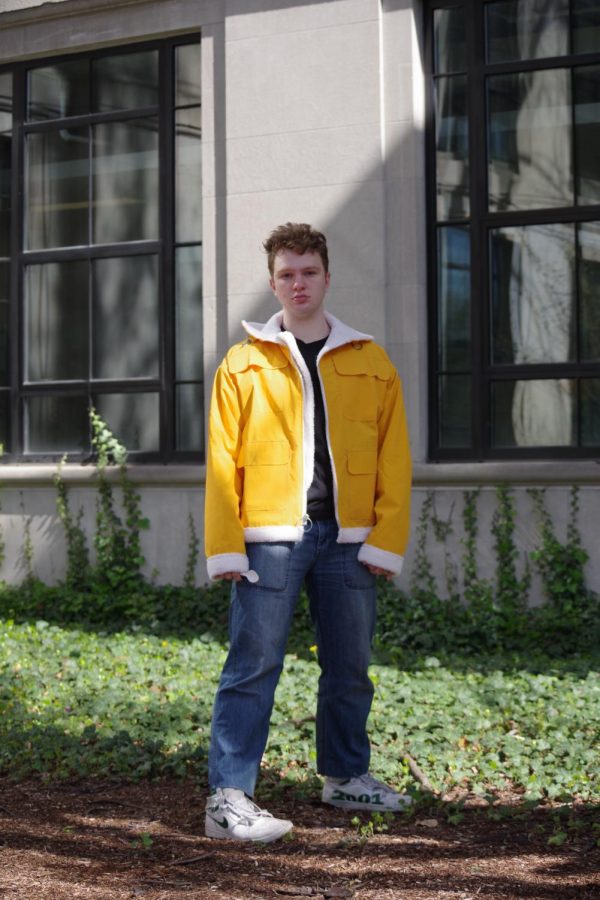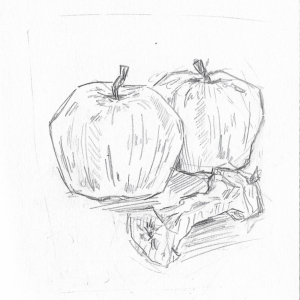Why Are You Wearing That?
An Investigation into Teenage Fashion Choices
May 1, 2019
New York Times Fashion photographer Bill Cunningham once said, “Fashion is the armor to survive the reality of everyday life.” While true, this quote fails to encapsulate the multidimensional and often delicate subject of fashion and its driving forces. Societal norms govern a certain secrecy around fashion, shaming but also celebrating vanity, consumption, and the value of physical beauty.
Fashion is quite a broad topic as well—stretching back thousands of years and differing from continent to continent. In pursuit of the reasons why people dress the way they do, CRLS serves as a microcosm to observe greater trends.
In a recently conducted survey of 80 CRLS students, 66% of those surveyed considered themselves to have a “personal style,” and on average, students scored themselves as a 7 when asked how much they cared about fashion on a scale of 1-10. Ollie Shirley ’20 observed, “It makes sense that most people care about the way they look; we’re still teenagers, and teenagers are very into that sort of thing.”
On average, students at CRLS said they started caring about fashion in 9th grade, while several students said that they started caring in kindergarten or earlier. According to the annual Taking Stock With Teens survey, nationally, teenagers spend about 40% of their money on clothes or other fashion-related items. A need to be fashionable appears to be a top, or near-top, priority for teenagers, who devote their time, money, and mental energy towards looking “good.” So, why do students care so much about the way they look and why do they dress the way they do?
A central purpose of fashion is to emulate an aesthetic and to be perceived by others in a certain way. This can be as simple as fitting in; for many students flying under the radar is most comfortable for them while navigating life in high school. Other students use it as a way to not fit in: Fritz Duverglas ’19, a nominee for the “Best Dressed” senior superlative, explained that the purpose of his pizza-themed style is “to show off myself and how I’m different from everyone else.” Fashion can become an extension of one’s personality and values. When asked to describe their style several jokingly responded, “Me,” or with their name.
Though some students have a distinct and consistent style, others prefer to shake it up. Someone who expresses themselves through fashion can change their appearance day to day to emulate different personalities. Cardinal Robinson ’19, winner of the “Best Dressed” senior superlative, explained that “fashion is just about how you can manipulate others’ perception of you.” Fashion is a visual representation of what the wearer hopes will be seen most readily by their peers, whether that be professionalism, quirkiness, or sexiness. The way a person looks can influence an outcome in any aspect of their life.
Most of the intentions behind style are self-centered, all about how the world looks in on the wearer. But fashion can also be a way of connecting to others. “It’s a good conversation starter,” stated Peter Fulweiler ’19, also a “Best Dressed” nominee. “You can start a conversation about, say, bracelets and then move on.” Clothing is the first thing people notice about each other, so dressing in something unique can be an easy way to make a connection.
Going to a mostly liberal and diverse school, students at CRLS seem to be accepting towards others who do not necessarily dress like them. 70% of students surveyed stated they didn’t make assumptions about others based on the way they dressed. In general, students are happy to let everyone have their own individual style and see that what’s underneath is what truly matters. Fulweiler commented, “I mean, underneath the clothes, we’re all just normal people … so that’s what’s important.”
This piece also appears in our April 2019 print edition.










